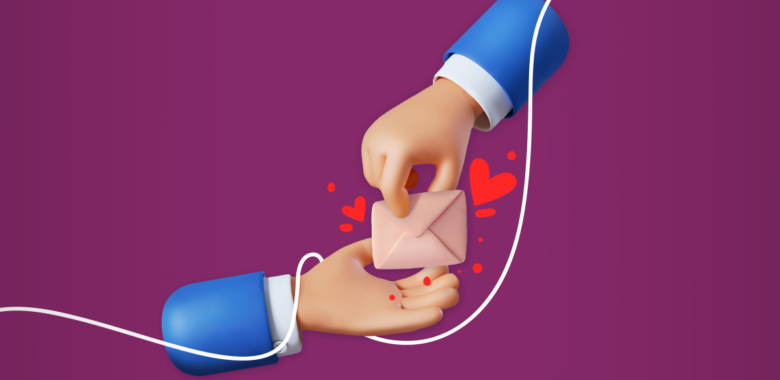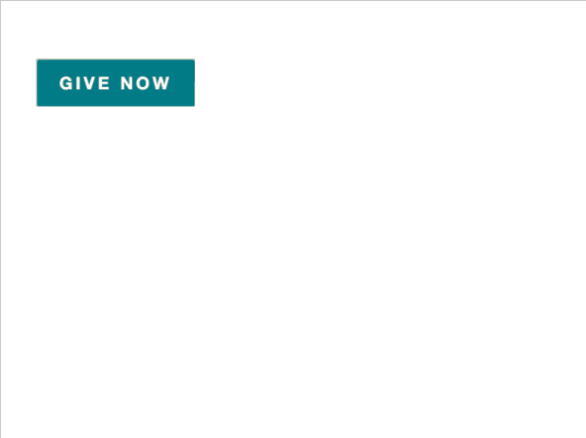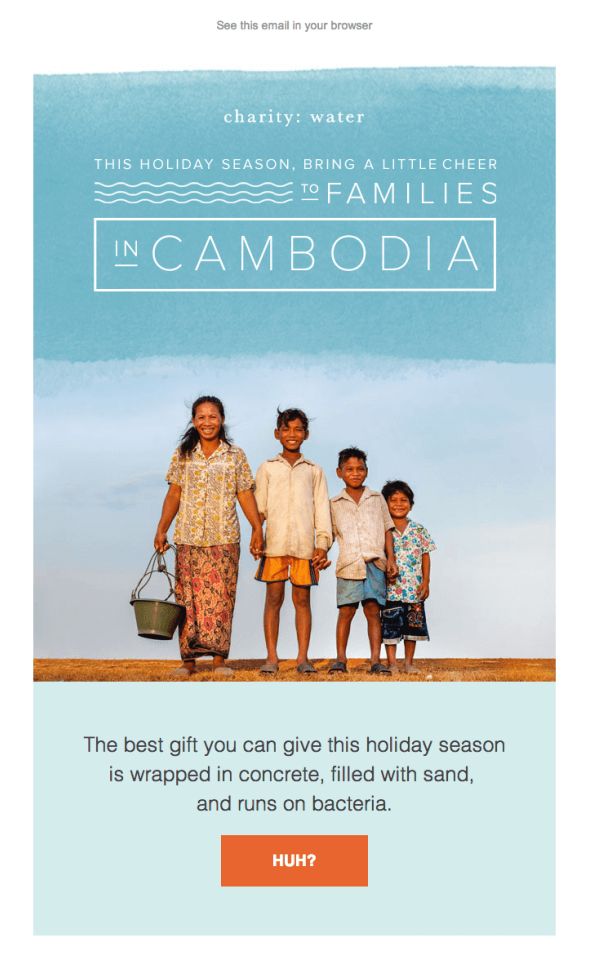We help those who help others. That’s why we offer a 50% discount for all pricing plans for registered nonprofit organizations.
Why is email marketing for nonprofits so important?
Email marketing is important for nonprofits because it’s one of the best ways to communicate. Through emails, nonprofits find new donors, speak with the current audience and raise awareness.
Email newsletters are a more comfortable way to follow a nonprofit activity than checking the news on a website. Newsletters come with the essential info people subscribe for. They are more personal than general information on a website.
Nonprofits use email marketing to achieve three major objectives:
- Develop a loyal donor base. 4 billion people are email users – half the Earth population, – so emails are a logical choice to spread the word. Nonprofits send personalized reports and updates about who the fundraising campaign helped and how. Thus, they stay in touch with their donors and give timely feedback.
- Expand their reach. By legally obtaining new contacts, nonprofits go beyond their audiences and reach new people. With more donors involved through email, a nonprofit should expect more donations.
- Make the most of an ESP. With the help of ESPs (email service providers), nonprofits plan their campaigns more effectively. Various tools allow them to segment the audience, set up automated email sequences, and craft emails from a list of pre-set templates.






















